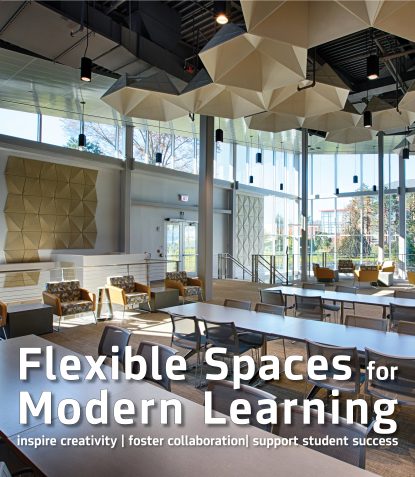
Share this
Flexible Spaces for Modern Learning
Finding ways to incorporate flexible and versatile environments into higher education
Creating flexible and versatile workspaces in areas of higher education provides various advantages for students, faculty, and staff. It fosters a diverse atmosphere and innovation that can adopt to various learning styles and new teaching methods. Higher education institutions are increasingly recognizing the value of spaces that can adapt to various teaching methods and student needs.
By incorporating flexible furniture and centralized hubs, universities can cultivate dynamic and inclusive environments that promote collaboration, creativity, and lifelong learning.

Centralized Hubs: A Hub of Innovation and Collaboration
Centralized hubs in higher education institutions serves as a focal point for all resources that are University related; academic advising, IT support, admissions, financial aid, registration, etc. By consolidating these resources in a single location, universities can streamline processes, improve efficiency, and enhance the overall student experience. Essentially, these hubs make it easier for students to access the resources they need in one central location. The shared space and common areas can provide a multitude of opportunities for networking, studying, and learning amongst the different departments.
Featured below: Adelphi University and Felician University
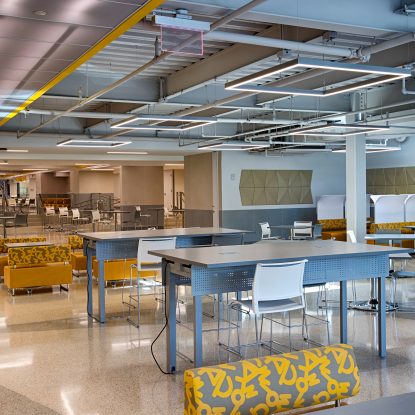
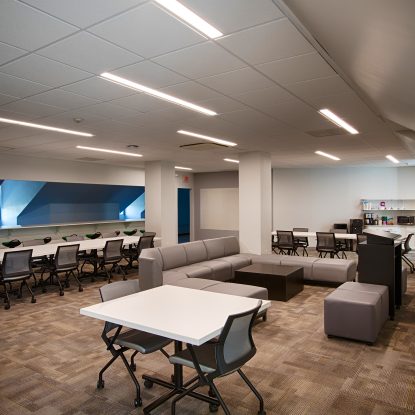
Flexible Furniture: The Building Blocks of Innovation
Classrooms, dining halls, libraries, and offices that have flexible furniture, have numerous advantages compared to ones that don’t. Flexible furniture in educational settings allows for various configurations, accommodating different teaching and learning styles. This versatility helps to foster a sense of ownership over students’ educational experience. Adaptable furniture allows for quick and easy transitions between classroom setups and can contribute to the overall learning environment, encouraging collaboration, networking, engagement, and ease of adaptability.
Featured below: Rutgers University and Adelphi University
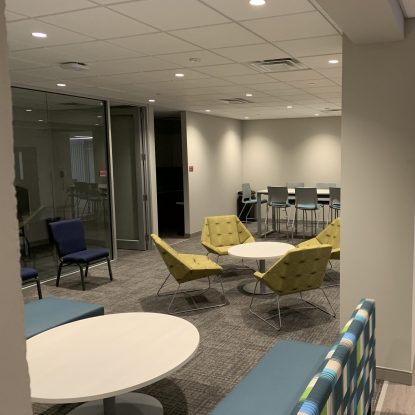
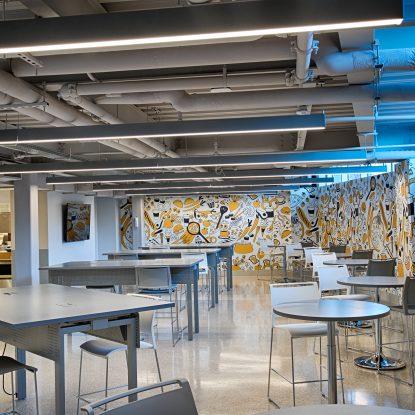
Connecting the Dots: Flexible Furniture and Centralized Hubs
Flexible furniture and centralized hubs can complement each other to create truly innovative and flexible learning environments. By incorporating flexible seating and tables into centralized hubs, universities can create spaces that are both functional and adaptable. Students can use these spaces for individual study, group work, or simply relaxing and socializing.
As higher education institutions continue to evolve, the need for flexible and innovative learning environments becomes increasingly urgent. By investing in the strategies, universities can create spaces that inspire creativity, foster collaboration, and support student success.